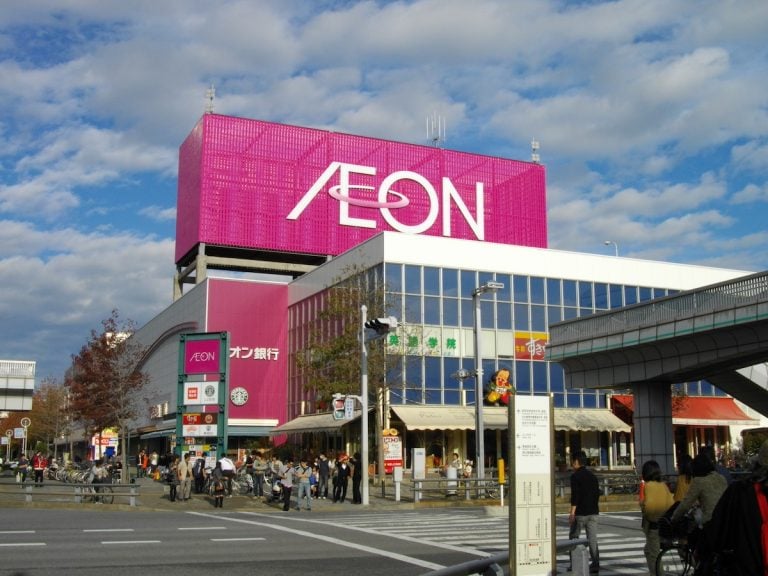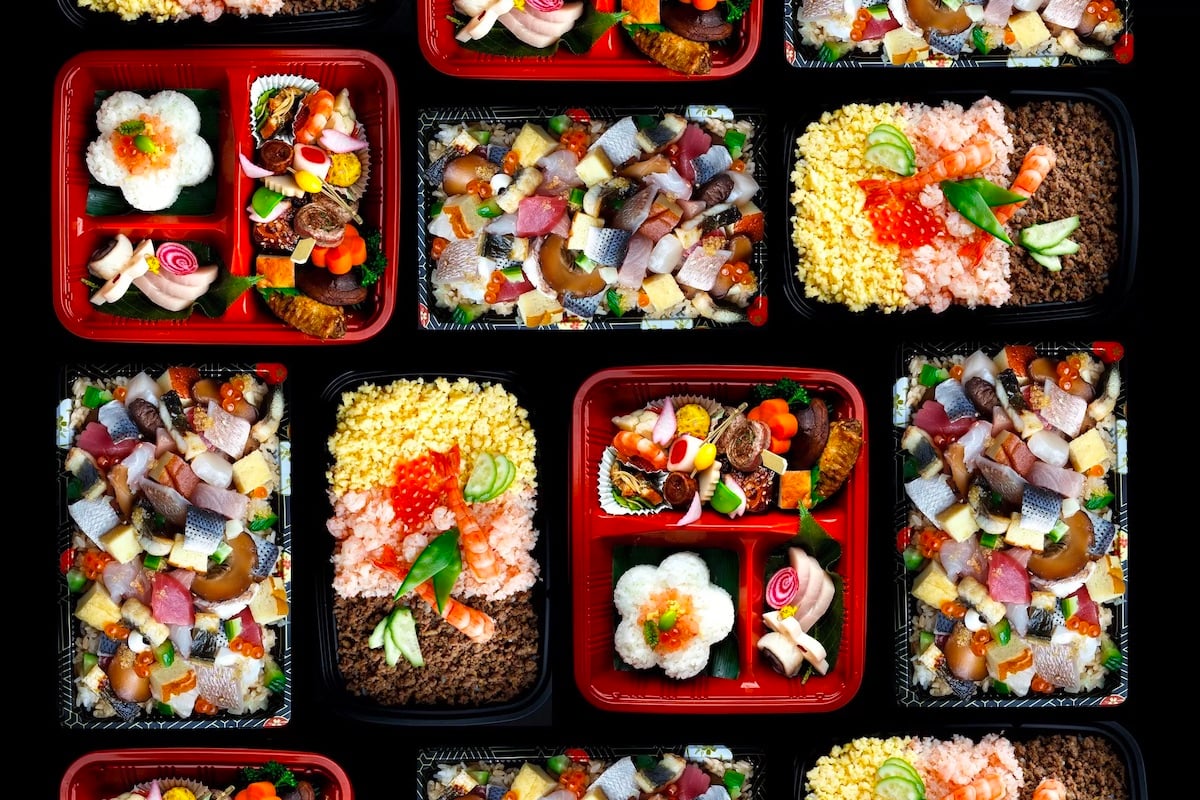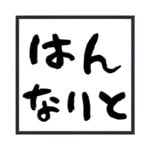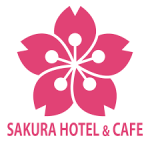
No matter where we are, it is always fun to visit a local supermarket in a foreign country. Although usually they all look similar, many times you will probably find products that you have never seen before, or that you do not know how they are cooked, nor what they taste like. Besides that, everything is written in Japanese. That is why today we are going to talk about supermarkets in Japan and what you can find there.
Types of supermarkets in Japan
Western-style supermarkets first came to Japan in 1953. Their wide range of products at a good price in the same store made them gain popularity among housewives and spread throughout Japan. Supermarkets are abbreviated as sūpā (スーパー) in Japanese. Some supermarkets are small local shops, while others are modern and are connected to the train stations. There are many kinds of supermarkets in Japan, but the 3 most important chains are Ito Yokado, AEON and Tokyo Store.
Let’s start shopping!
Most supermarkets have baskets and carts that can be used freely, but you may have to use a 100-yen coin to unlock your shopping cart in some smaller chains (but they will return it to you when you put your cart back and you block it with others).
Unique ingredients and dishes from Japan
In Japanese supermarkets you will find shelves full of products such as tofu (豆腐), natto (納豆, fermented soybeans), bags with mochi or soft rice cakes. Other possible products that you can find in these supermarkets and that are rarely found or not even sold in your country are, for example, konnyaku (こんにゃく, gelatinous block made from algae), shirataki (白滝, long noodles made from konnyaku), tsukemono (漬物, pickled vegetables), naruto and kamaboko (なると and 蒲鉾, cooked fish paste) and mirin (みりん, sweet rice wine for cooking).

Similarly, in Japanese supermarkets there is also a large variety of bento, or prepared food. Some of the most common prepared foods are tonkatsu (とんかつ), sushi (寿司), yakisoba (焼きそば), okonomiyaki (お好み焼き), omurice (オムライス) or hiyashi chuka (冷やし中華). They usually cost around 500 yen and are really delicious. They are the best choice if you do not have time to cook or if you need something quick for lunch or dinner.
There are also osozai (お惣菜), which are side dishes that are made to be eaten with homemade rice (some of them include rice as well), Some of the most common osozai are tempura (天ぷら, meat, fish or battered vegetables), korokke (コロッケ, potato-stuffed croquette), onigiri (おにぎり, rice ball), yakitori (焼き鳥, skewers, usually made from meat) and sashimi (刺身, raw fish).
If you have a sweet tooth, then the sweets section of Japanese supermarkets will be a paradise for you. Apart from including all kinds of Pocky and KitKat, there are many other different desserts that you should definitely try. Many of them contain red bean paste (anko, 餡子) or the famous Japanese green tea (matcha, 抹茶). Some of the traditional Japanese sweets that you can find in a supermarket are mochi, dango or daifuku (餅, 団子, and 大福, rice pasta with different fillings), manju (饅頭, steamed bun, usually with red beans inside), dorayaki (どら焼き, pancakes filled with red bean), melonpan (メロンパン, a bun that resembles the shape of a melon) or yokan (羊羹, jelly made from red beans and sugar).
Fruits and vegetables
When you enter a Japanese supermarket, the first thing you will find will be fruits and vegetables. In this section there might be some products that you may have never seen, such as goya (ゴーヤ), okura (おくら), nira (にら), gobou (ごぼう) or nagaimo (長芋). Another surprising thing is the price of the vegetables. They are generally very expensive, and being sold individually does not help much. But there are certain products that are cheap or, at least, not so expensive, like some kinds of mushrooms or bean sprouts.
As for the fruits, they are also very expensive and are sometimes considered a luxury item. Melons for 6000 yen, peaches for 1000 yen or strawberries for 500 yen are things that you can find in the supermarkets located on the shopping centers. You may have some luck and find these products cheaper in regular supermarkets. Bananas are especially cheap.
Cleanliness, safety and politeness
Japanese supermarkets are usually kept very neat and clean, and many of the items they handle are divided into categories on spacious shelves. A basic rule of thumb in Japanese supermarkets is to keep the shelves stocked and orderly at all times. Which means that you will generally find the shelves well stocked throughout the day and most items exactly where they need to be. Also, thanks to this constant attention, you will rarely see expiring or expired products on the shelves. Most of what is going to expire is priced lower and placed in a special discount section. Most supermarkets are open from 10am to 9pm, although this depends on the supermarket and its location.
How to pay at the counter
After you have bought your groceries, it is time to go to the checkout to pay. When you will put your basket on the counter, the clerk will scan each of your items and put them in another basket. You can pay with cash or card in most supermarkets. However, some smaller chains or family stores may not accept credit cards. If you are not sure, check the cash registers beforehand.
After paying, in many supermarkets in Europe and the US, store employees are usually responsible for placing the products in the bag. In Japan, on the other hand, there are tables across the checkout area where the customer can take his basket to introduce their purchases into the bag. Each plastic bag costs between 2 and 5 yen in most Japanese supermarkets. However, many customers choose to bring their own eco-friendly cloth bag (eko-baggu, エコバッグ or mai-baggu, マイバッグ).
One last note: in Japan you cannot drink or buy alcohol unless you are at least 20 years old. Therefore, make sure you bring your passport or photo ID when buying alcohol just in case the staff wants to verify your age.



















